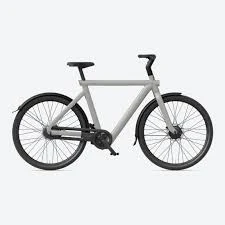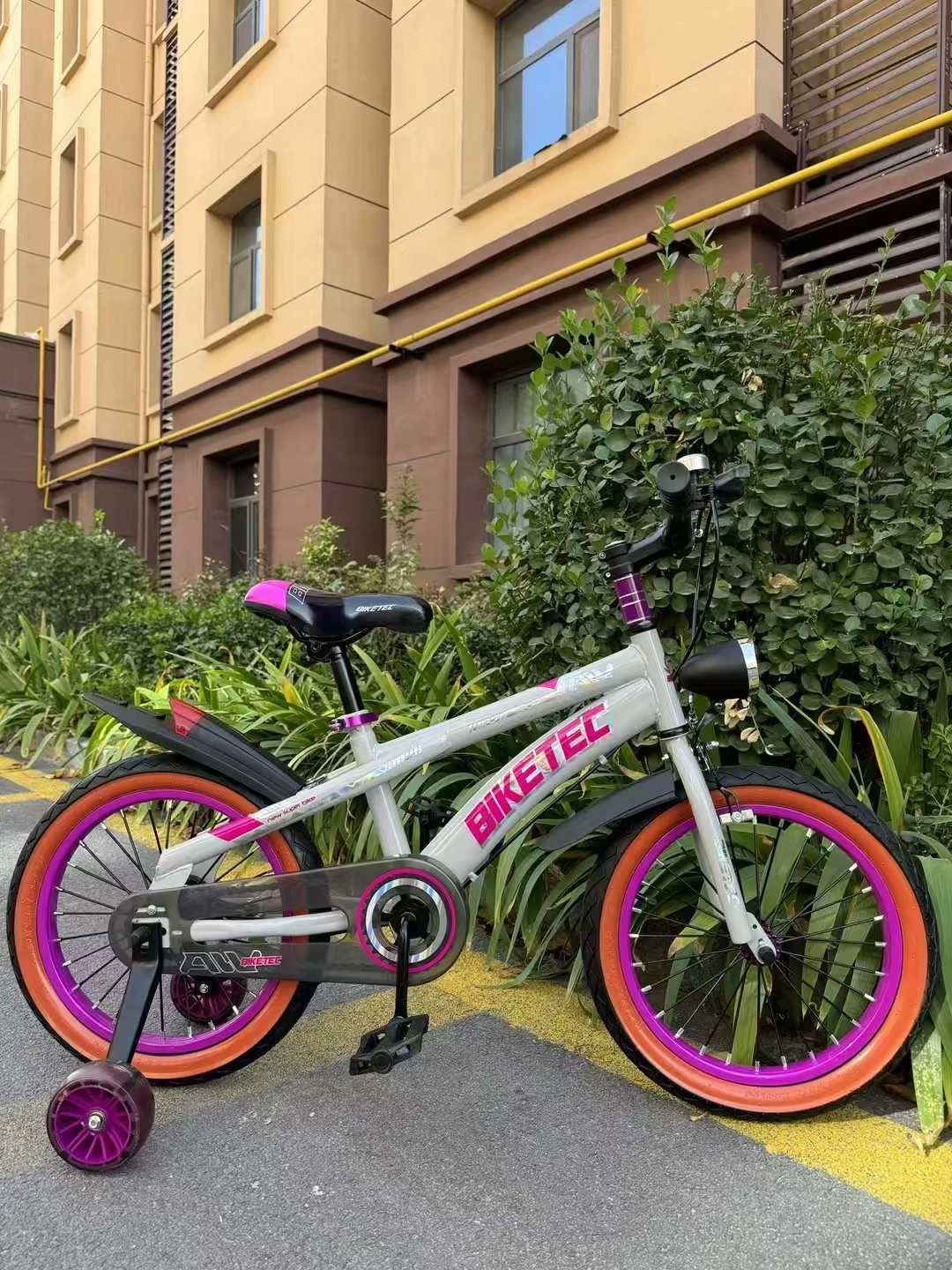
- Afrikaans
- Albanian
- Amharic
- Arabic
- Armenian
- Azerbaijani
- Basque
- Belarusian
- Bengali
- Bosnian
- Bulgarian
- Catalan
- Cebuano
- Corsican
- Croatian
- Czech
- Danish
- Dutch
- English
- Esperanto
- Estonian
- Finnish
- French
- Frisian
- Galician
- Georgian
- German
- Greek
- Gujarati
- Haitian Creole
- hausa
- hawaiian
- Hebrew
- Hindi
- Miao
- Hungarian
- Icelandic
- igbo
- Indonesian
- irish
- Italian
- Japanese
- Javanese
- Kannada
- kazakh
- Khmer
- Rwandese
- Korean
- Kurdish
- Kyrgyz
- Lao
- Latin
- Latvian
- Lithuanian
- Luxembourgish
- Macedonian
- Malgashi
- Malay
- Malayalam
- Maltese
- Maori
- Marathi
- Mongolian
- Myanmar
- Nepali
- Norwegian
- Norwegian
- Occitan
- Pashto
- Persian
- Polish
- Portuguese
- Punjabi
- Romanian
- Russian
- Samoan
- Scottish Gaelic
- Serbian
- Sesotho
- Shona
- Sindhi
- Sinhala
- Slovak
- Slovenian
- Somali
- Spanish
- Sundanese
- Swahili
- Swedish
- Tagalog
- Tajik
- Tamil
- Tatar
- Telugu
- Thai
- Turkish
- Turkmen
- Ukrainian
- Urdu
- Uighur
- Uzbek
- Vietnamese
- Welsh
- Bantu
- Yiddish
- Yoruba
- Zulu
Feb . 16, 2025 05:23 Back to list
entry level mountain bike
Finding the right entry-level mountain bike might seem overwhelming, with countless models vying for your attention. But fear not; understanding some fundamental principles can guide you to a bike that suits both your needs and budget. As an experienced mountain biking enthusiast and product expert, I bring firsthand insights into the realm of entry-level bikes, ensuring you find not only a reliable companion on the trails but also a financial match.
The tires themselves are an often overlooked component but play a significant role in control and safety. Wider tires, with more aggressive treads, provide better traction on loose and muddy surfaces, whereas thinner tires might suffice for drier conditions. Ensuring trustworthiness in your purchase involves scrutinizing reviews and ratings. Fellow riders' experiences often provide honest insights into a bike's performance, highlighting strengths and potential flaws. Customer feedback can reveal recurring issues and help identify models known for durability and performance at a starter price point. Authoritativeness plays an essential role, particularly through professional reviews and expert endorsements. Look for reviews conducted by industry experts who evaluate bikes through rigorous testing processes. Such reviews often provide detailed analyses and can affirm the specifications and quality of a bike, guiding you towards an informed decision. Entry-level mountain biking involves more than just the bike; it's about cultivating a lifestyle and a sense of adventure. Attending local workshops or joining beginner riding groups can significantly enhance your skills and knowledge, offering practical experiences that theoretical understanding might miss. These avenues not only increase your expertise but also reflect a community-backed trust and authority in the decisions you make. While entry-level bikes might not carry the prestige of their high-end counterparts, they are monumental in laying down a lifetime journey of mountain biking. By considering essential factors such as frame durability, suspension quality, drivetrain simplicity, and wheel size, you can choose a bike that serves as a solid introduction to the world of mountain biking. This entry point paves the way for eventual upgrades as your passion and skills grow.


The tires themselves are an often overlooked component but play a significant role in control and safety. Wider tires, with more aggressive treads, provide better traction on loose and muddy surfaces, whereas thinner tires might suffice for drier conditions. Ensuring trustworthiness in your purchase involves scrutinizing reviews and ratings. Fellow riders' experiences often provide honest insights into a bike's performance, highlighting strengths and potential flaws. Customer feedback can reveal recurring issues and help identify models known for durability and performance at a starter price point. Authoritativeness plays an essential role, particularly through professional reviews and expert endorsements. Look for reviews conducted by industry experts who evaluate bikes through rigorous testing processes. Such reviews often provide detailed analyses and can affirm the specifications and quality of a bike, guiding you towards an informed decision. Entry-level mountain biking involves more than just the bike; it's about cultivating a lifestyle and a sense of adventure. Attending local workshops or joining beginner riding groups can significantly enhance your skills and knowledge, offering practical experiences that theoretical understanding might miss. These avenues not only increase your expertise but also reflect a community-backed trust and authority in the decisions you make. While entry-level bikes might not carry the prestige of their high-end counterparts, they are monumental in laying down a lifetime journey of mountain biking. By considering essential factors such as frame durability, suspension quality, drivetrain simplicity, and wheel size, you can choose a bike that serves as a solid introduction to the world of mountain biking. This entry point paves the way for eventual upgrades as your passion and skills grow.
Next:
Latest news
-
Riding with Our Kids Bikes Collection
NewsJun.10,2025
-
Our Kids Balance Cars
NewsJun.10,2025
-
Exciting Range of Fixed Gear Electric Bike
NewsJun.10,2025
-
Enhance Your Mountain Bike Derailleur
NewsJun.10,2025
-
Convenience with Our Baby Jogger Strollers
NewsJun.10,2025
-
Conquer the Trails with Our Premium Mountain Bikes
NewsJun.10,2025
-
Revolutionize Ride with Our Electric Bicycles
NewsMay.13,2025



